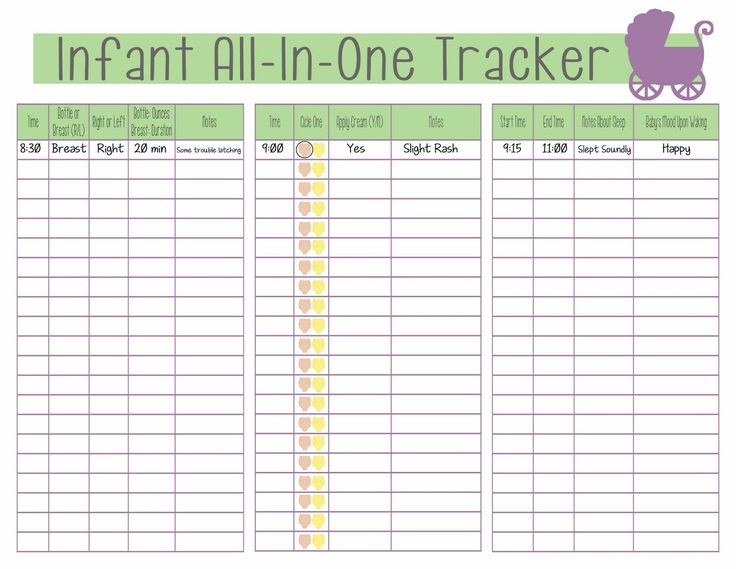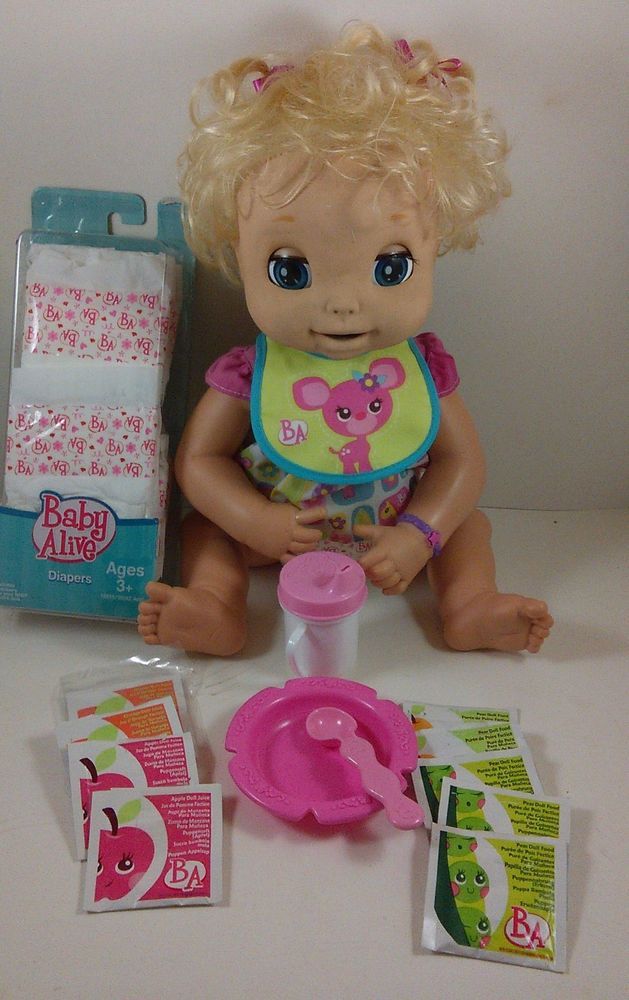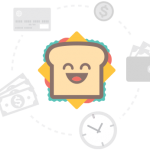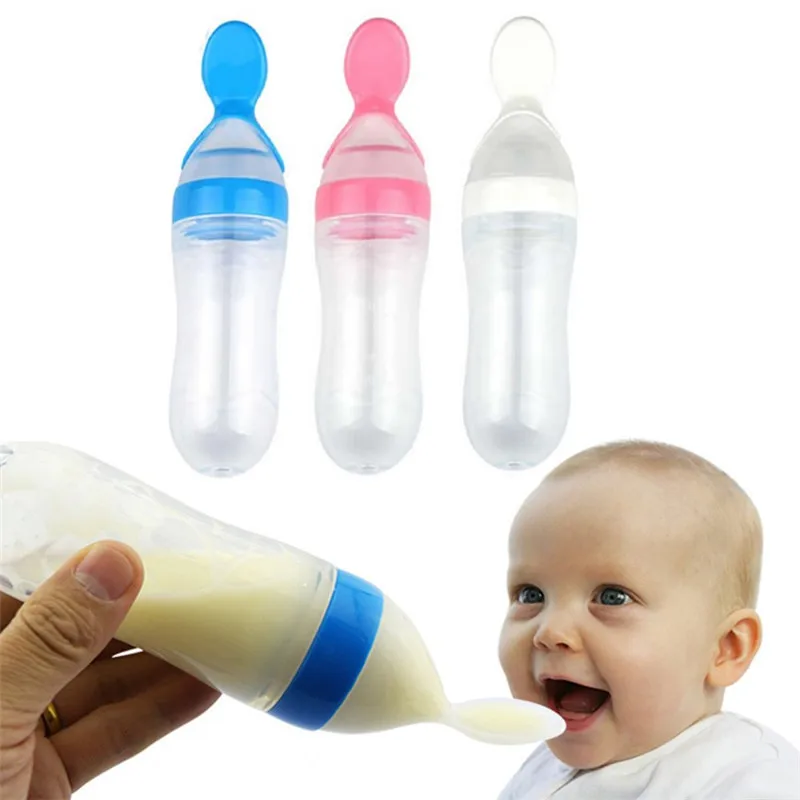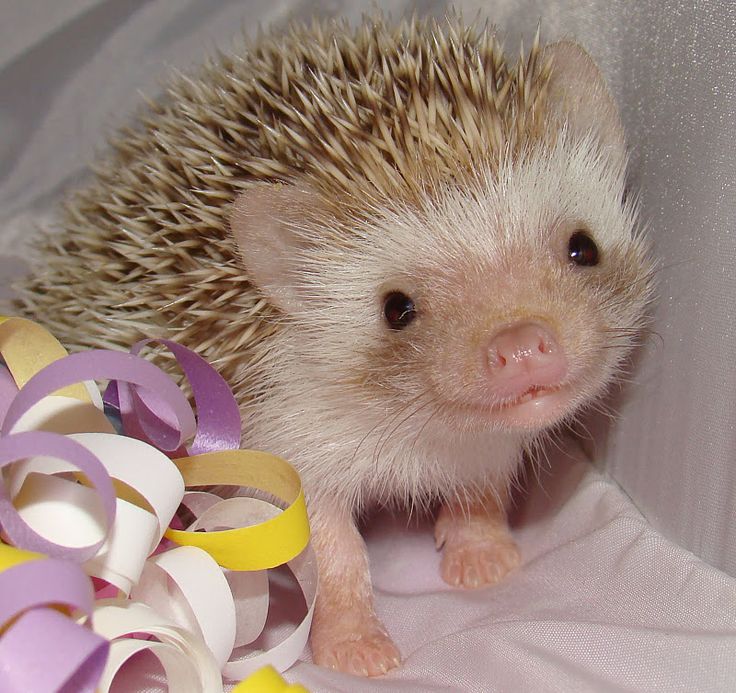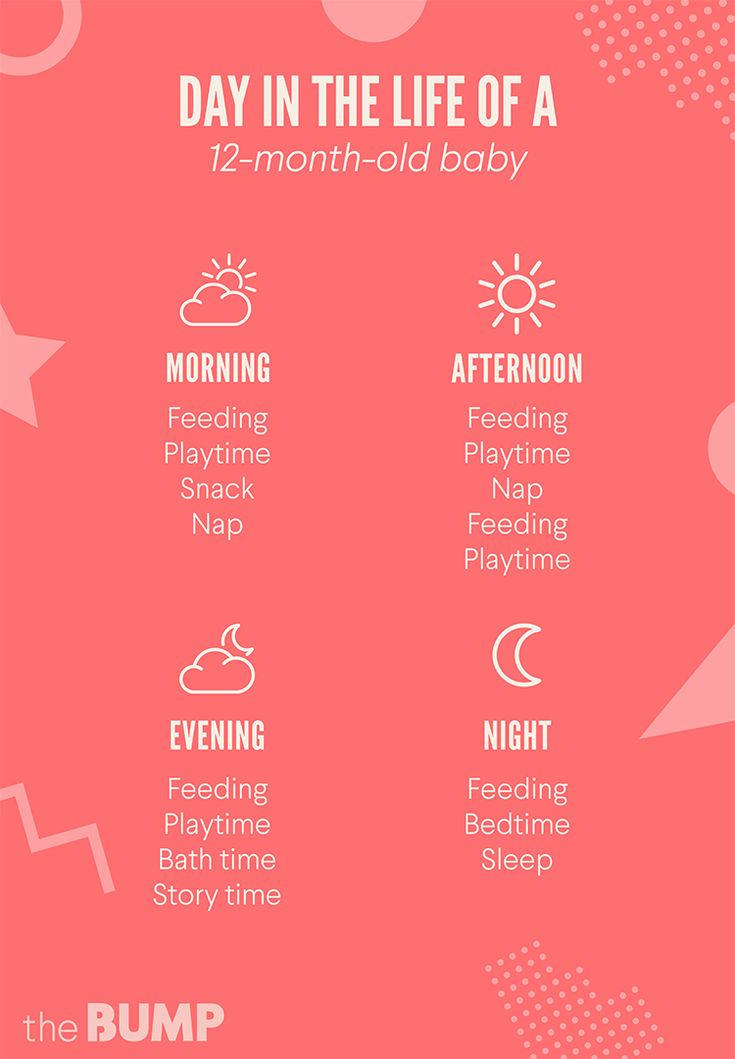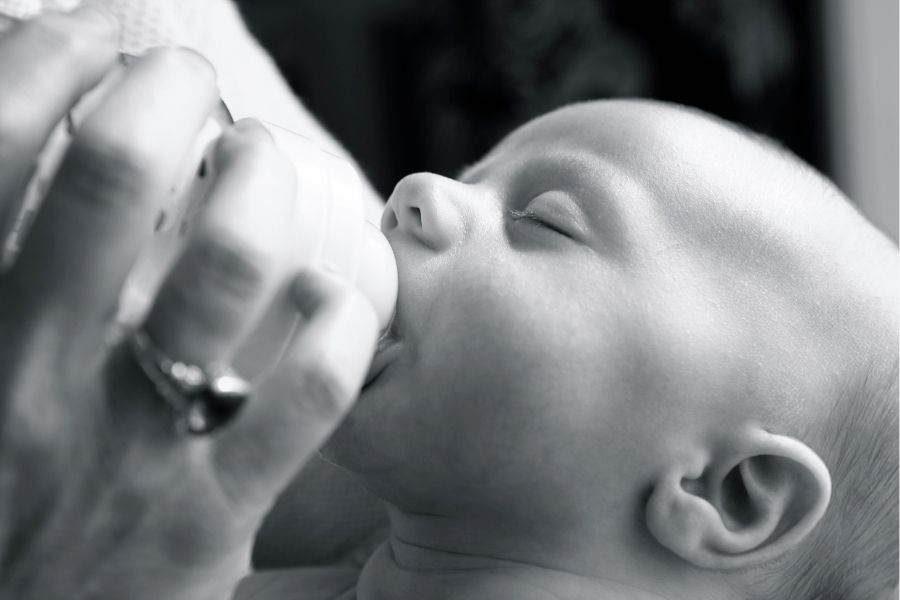Baby chart for feedings and diapers
Newborn and Baby Feeding Chart in the 1st Year
Whether you’re a first-time parent or a seasoned caregiver, figuring out why your baby is crying can feel like a guessing game. Fortunately, paying attention to your baby’s daily feeding schedule can help reduce some of the guesswork.
By following a feeding schedule, you might be able to avoid some of the fussiness associated with hunger, and you’ll be able to more easily tell whether he’s more likely to be wet or tired instead.
Whether your little one’s a newborn, a 6-month old, or even a 1-year-old, read on to find out how to come up with a feeding schedule and adjust it to your baby’s needs as he grows and develops.
Baby Feeding Chart at a Glance
As you watch for those delightful baby milestones — from first smiles and giggles to sitting and crawling — it can be hard to keep track of everything related to your baby’s feeding schedule. Fortunately, you don’t have to. We've assembled all the necessary details in the chart below, including feeding frequency and portion information.
Feeding Schedule for Breastfed Newborns
From the moment your baby is born, she begins to grow at a surprisingly quick pace. To fuel her development and keep her well fed, be prepared to nurse about every two to three hours.
By the time she’s a week old, your little one may begin to nap for longer periods, giving you more time between feedings. If she’s sleeping, you can maintain your baby’s feeding schedule by waking her up gently when it’s time to feed.
Tips to keep in in mind if you’re breastfeeding:
The length of time between feedings is measured from when your baby begins nursing, not when she stops.
Ensure your little one latches on properly. This can be difficult when you’re starting out, especially for first-time moms, but over time your baby may begin to latch comfortably.
 Speaking to a lactation consultant could be helpful.
Speaking to a lactation consultant could be helpful.As your baby grows she may nurse at a faster rate.
Alternate between breasts during each feeding.
Look for signs that your baby is full. She may turn away from the breast, nurse at a slower rate, or lose interest. Once she seems full, end the feeding
Your baby’s healthcare provider may recommend adding vitamin D oral supplements to your baby’s diet. Follow the provider's instructions to ensure your baby gets the proper dosage.
Nursing your baby on demand or every couple of hours around the clock can seem like a lot—and it is! At the newborn stage, your baby can’t take in much milk in a single sitting, so frequent feeding is needed to make sure she's getting enough. Later on, as your baby's daily routine (including her sleep and awake time) becomes more predictable, you'll have an easier time following a regular feeding schedule.
Feeding Schedule for Formula-Fed Newborns
Formula-fed newborns will need about two to three ounces (60 – 90 milliliters) of formula per feeding to start with.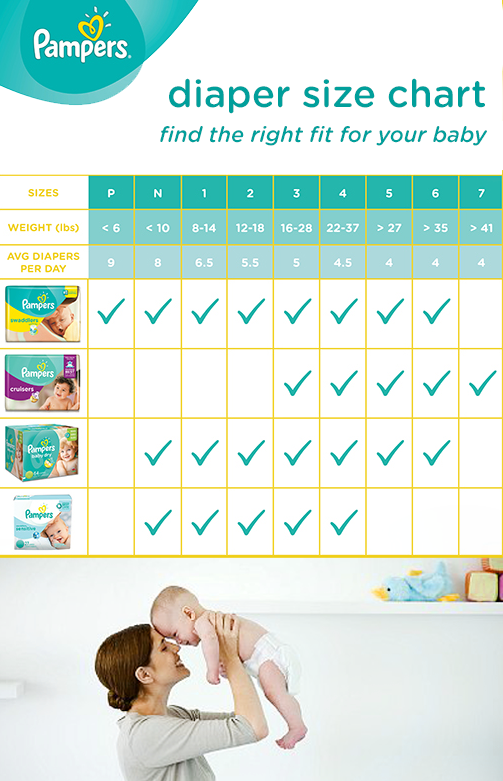 Newborns, fed from bottles are able to take in more during a feeding than a breastfed infants. This allows you to space out feedings by about three to four hours.
Newborns, fed from bottles are able to take in more during a feeding than a breastfed infants. This allows you to space out feedings by about three to four hours.
As your baby reaches her 1-month milestone, she will need at least four ounces per feeding to get the nourishment she requires. Your newborn’s feeding schedule will gradually become more predictable over time, and you’ll need to adjust the amount of formula as she grows.
3-Month-Old Feeding Schedule
Now that you and your baby have begun to develop a routine, it can be difficult to make slight alternations. However, as your baby grows and her feeding needs change, you’ll need to adjust your baby’s feeding schedule accordingly.
For Your Breastfed Baby
At 3 months, your baby is becoming more active, will begin to breastfeed less often, and may sleep for longer periods of time at night.
You may have to nurse just six to eight times per day at this stage (or about every three to four hours).
If your baby’s healthcare provider sees that he’s gaining weight and growing at a regular pace, then he’s probably getting the right amount of nutrition.
The number of wet and soiled diapers is also a great indicator as to whether or not he is eating well. Your baby should have about four to six wet diapers a day.
See your baby’s healthcare provider if you’re concerned that your little one may not be getting enough to eat.
For Your Formula-Fed Baby
As your little one continues to grow, you’ll notice that he wants to eat more during each feeding and begins to sleep for longer intervals at night.
Slight adjustments to your 3-month old’s feeding schedule may include:
Increasing the amount of formula to about 5 ounces per feeding
Giving your baby formula about six to eight times per day
Switching the newborn nipple size or style on your baby’s bottles to make it easier for him to drink from the bottle.
6-Month-Old Feeding Schedule
At this stage, your baby’s healthcare provider may recommend you expand your baby’s diet to include solid foods. With these menu additions on the horizon, having a 6-month-old feeding schedule will come in handy!
With these menu additions on the horizon, having a 6-month-old feeding schedule will come in handy!
When a baby ready to try solid foods, a single grain baby cereal mixed with breast milk or formula has traditionally been the first solid food to be introduced, followed by pureed vegetables and fruits. However, there's no medical evidence that indicates introducing foods in any special order offers any benefits.
Keep in mind that solids are only a supplement at this stage, and that breast milk or formula is still your baby’s most important source of nutrition. Continue to include about 32 ounces of breast milk or formula in your 6-month-old’s feeding schedule of three to five feedings per day to ensure your baby gets the necessary vitamins and minerals.
You may be able to start weaning your baby off of night feedings; however, every baby is unique. Speak to your baby’s healthcare provider to see if it’s time to cut down on nighttime feedings and to learn what you can do to encourage the process.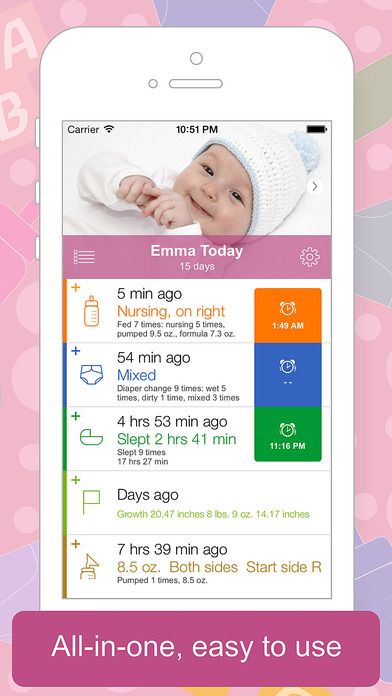
7 to 9-Month-Old Feeding Schedule
Months seven through nine can be a good time to add a greater variety and quantity of solid foods to your baby’s diet. He may need fewer daytime feedings, now — about four to five.
Purees of meats, veggies, and fruits are recommended at this stage. Introduce your baby to these new flavors as single ingredient purees then gradually add combinations to his meals.
Your baby may slowly begin to wean off breast milk or formula as his growing body demands solid foods for nutrition.
There is no correct time to wean off breast milk or formula. Speak to your baby’s healthcare provider to learn more about the cues and signs that can let you know when your baby is ready for more solid foods.
10 to 12-Month-Old Feeding Schedule
Exploring new textures may now be a big part of your little one’s meals. As he grows, he may begin to self-feed with finger foods such as cut-up bananas, dry cereal, and pasta and even demand certain flavors that he enjoys more.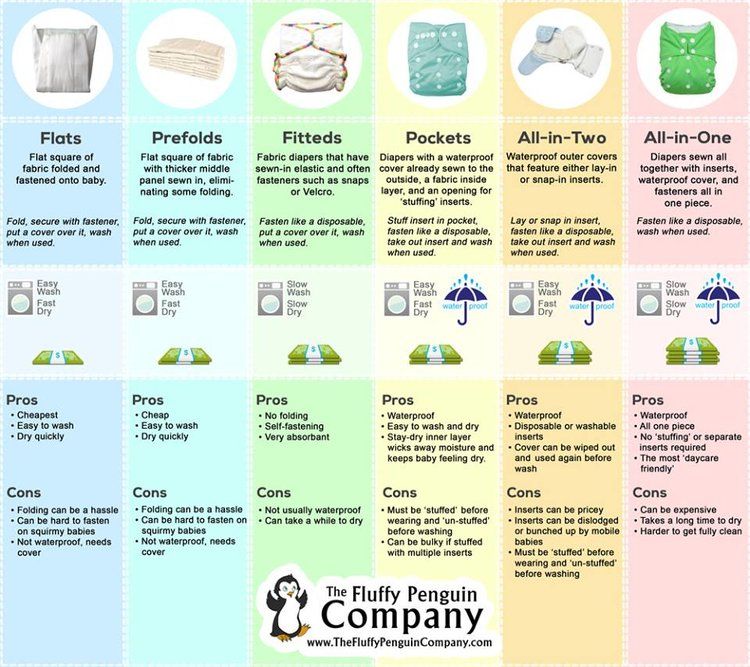
As you continue to replace breast milk or formula with solids, your baby’s healthcare provider can help determine how to balance out your baby’s meals.
Blends of different foods can be introduced during mealtime and added to your baby’s feeding schedule. Your baby may eat about three to four times per day. Be sure to avoid offering foods that pose choking hazards such as grapes, peanuts, and popcorn.
Finger feeding can be fun for your little one. Always be sure that his food is cut up into pieces that are small enough for him to be able to pick up and chew without being at risk of choking. After some practice, he’ll be on his way toward wholesome, independent eating habits.
1-Year-Old Feeding Schedule
Now that you’re celebrating your baby’s first birthday, it’s also time to celebrate his feeding accomplishments. Your baby’s feeding schedule can now include almost all the healthy and nutritious foods you eat, with a few minor exceptions such as raw honey and choking hazards like nuts.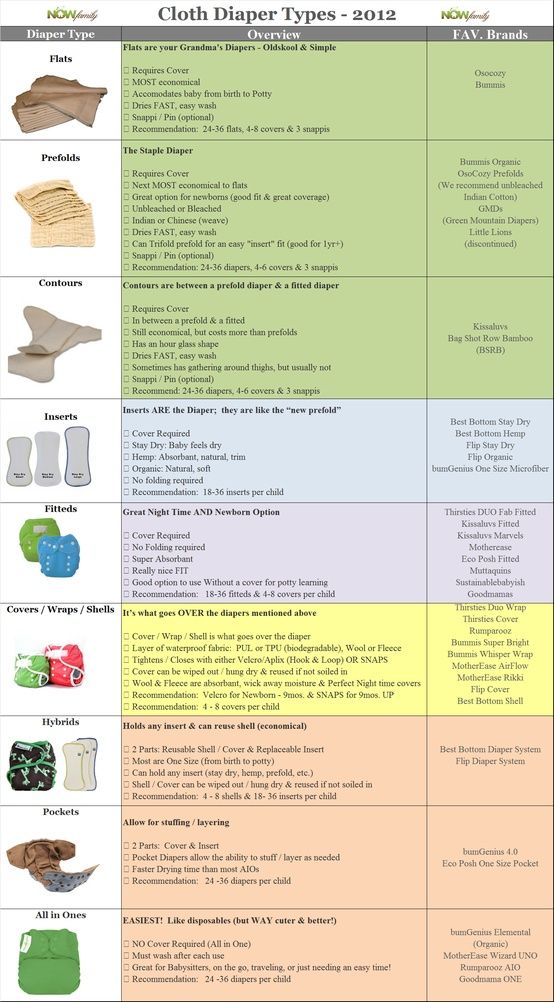
Your baby may be eating less frequently now, as he is able to take in more food in one sitting. Give your 1-year-old approximately three meals and about two or three snacks a day.
This is the time to add cow’s milk to your baby’s diet. However, too much milk is not always good, and should be kept to about 16 to 24 ounces per day if your baby is able to tolerate lactose. Check with your baby's healthcare provider if you have any questions about how and when to introduce cow's milk.
You can continue to nurse your baby if you wish. There is no correct time to wean him off of breast milk; rather, it is recommended that to continue breastfeeding for as long as it is right for you and your little one. Consult with your baby’s healthcare provider if you have questions about the weaning process.
As your baby grows and develops, his feeding needs will change. Having a baby feeding schedule at the ready can help you track your baby’s mealtimes and anticipate when he’ll start to be hungry.
This is just one of the ways you can help keep your little one happy and developing well. Having a feeding schedule in place also gives you some extra freedom to spend more time enjoying his many milestones.
Of course, if at any time you have questions or concerns, reach out to your baby’s healthcare provider for personalized guidance and advice.
Baby Feeding Chart - Etsy.de
Etsy is no longer supporting older versions of your web browser in order to ensure that user data remains secure. Please update to the latest version.
Take full advantage of our site features by enabling JavaScript.
Find something memorable, join a community doing good.
( 195 relevant results, with Ads Sellers looking to grow their business and reach more interested buyers can use Etsy’s advertising platform to promote their items. You’ll see ad results based on factors like relevancy, and the amount sellers pay per click. Learn more. )
You’ll see ad results based on factors like relevancy, and the amount sellers pay per click. Learn more. )
Breastfeeding norms for newborns
When a child is born in a family, parents have many questions about the proper care of the baby. One of the most frequently asked questions is related to breastfeeding norms.
One of the most frequently asked questions is related to breastfeeding norms.
Dry initial milk formula adapted by Valio Baby 1 NutriValio for feeding children from birth to 6 months More
Follow-up dry milk formula adapted by Valio Baby 2 NutriValio for feeding children from 6 to 12 months Read more
Dry milk drink "Baby milk" Valio Baby 3 NutriValio for feeding children over 12 months Read more
Starting from the first feeding and in the first days of life, the child receives colostrum. It is very nutritious. The newborn eats little, but remains full. The volume of the stomach in babies in the first days of life does not exceed 10 ml. In one day, a baby eats about 100 ml of breast milk. This volume is increasing every day.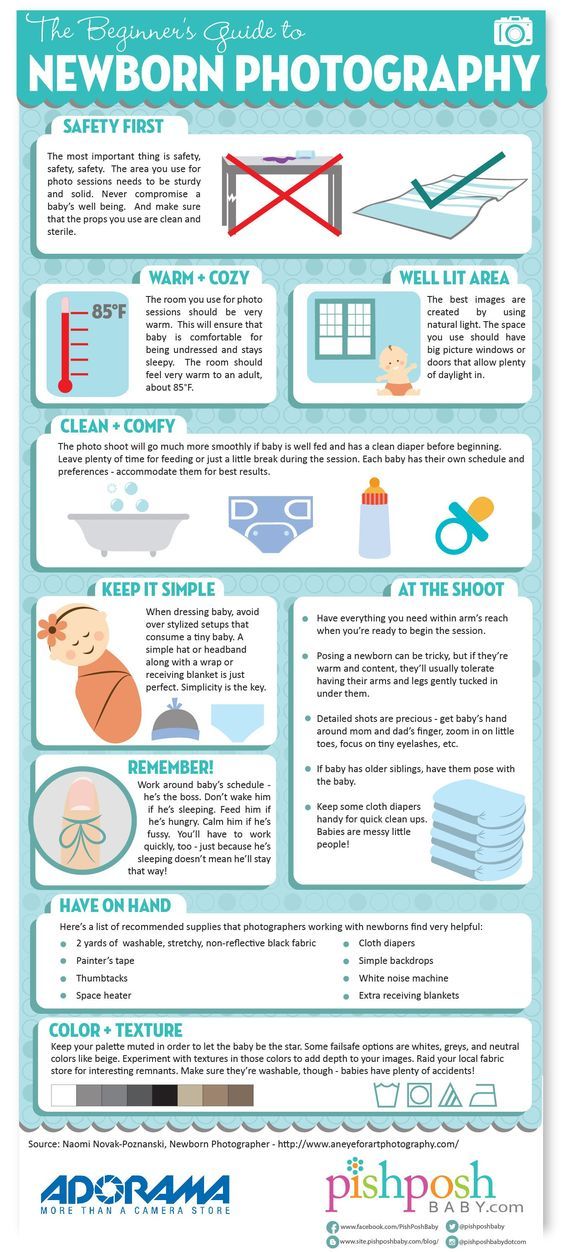 For a baby older than 10 days, it is very easy to calculate the feeding rate. To do this, you need to multiply the number of days lived by 10. The amount of food eaten per day should be 1/5 of the baby's body weight.
For a baby older than 10 days, it is very easy to calculate the feeding rate. To do this, you need to multiply the number of days lived by 10. The amount of food eaten per day should be 1/5 of the baby's body weight.
To determine the rate of feeding children from the first month of life to a year, experts have developed the following table for calculating the volume of feeding:
You can also determine the correct amount of food for feeding a baby, focusing on the age, weight, behavior and development of the child.
At present, the so-called free-feeding regimen is recommended, i.e., to give the child a breast not according to the schedule, but at his first request, including at night. This allows the baby to take full advantage of the first milk - colostrum, which is characterized by a high concentration of antimicrobial factors, which prevents the possibility of infection of the newborn. Colostrum, which contains a high percentage of protein and minerals, even in small quantities satisfies the nutritional needs of the child.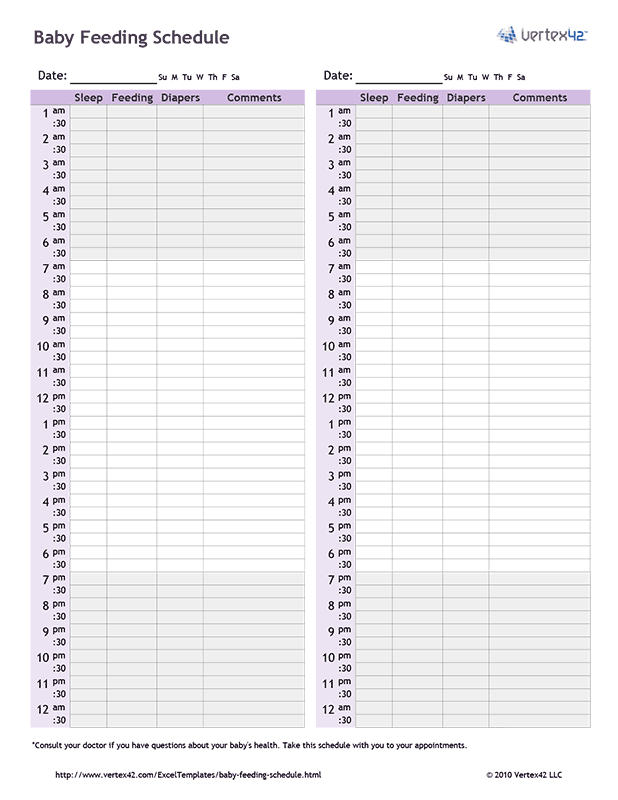 In addition, the entry of colostrum into the child's digestive tract ensures a faster "maturation" of the intestinal mucosa. A mother can learn to correctly identify the "hungry" cry of her child: at the same time, he turns his head in search of the mother's breast, smacks his lips, cries loudly, insistently. Usually, with a free-feeding regimen, a newborn baby receives breasts up to 10-12 times a day. on, initiating the secretion and release of milk. It has been shown that with free feeding, the volume of milk is 1.5 times higher than with hourly feeding. Subsequently, as the child grows, he usually develops his own feeding regimen by 2-3 months - from 6 to 8 times a day and, as a rule, without a night break. Observations show that with this feeding regime, children are distinguished by calm behavior, good mood, sleep soundly, give normal weight gain, and mothers produce more breast milk and the ability to secrete it lasts longer.
In addition, the entry of colostrum into the child's digestive tract ensures a faster "maturation" of the intestinal mucosa. A mother can learn to correctly identify the "hungry" cry of her child: at the same time, he turns his head in search of the mother's breast, smacks his lips, cries loudly, insistently. Usually, with a free-feeding regimen, a newborn baby receives breasts up to 10-12 times a day. on, initiating the secretion and release of milk. It has been shown that with free feeding, the volume of milk is 1.5 times higher than with hourly feeding. Subsequently, as the child grows, he usually develops his own feeding regimen by 2-3 months - from 6 to 8 times a day and, as a rule, without a night break. Observations show that with this feeding regime, children are distinguished by calm behavior, good mood, sleep soundly, give normal weight gain, and mothers produce more breast milk and the ability to secrete it lasts longer.
How can you tell if your baby is getting enough milk?
There is a so-called "wet diaper test". If the baby receives the necessary daily nutritional intake, he pees an average of 16-18 times. At the same time, 6-8 or more richly filled diapers are usually spent per day.
If the baby receives the necessary daily nutritional intake, he pees an average of 16-18 times. At the same time, 6-8 or more richly filled diapers are usually spent per day.
You can also determine if a child is getting enough nutrition by observing how much weight he gains each month. Infants from 2 to 13 weeks of age should gain between 170 and 200 grams per week.
Keep track of whether the baby grows out of the clothes he wears and out of diapers. If the baby eats properly, then on the 10-14th day of life, he returns to his original weight at birth. Babies who get enough food also sleep well and look cheerful and cheerful.
#PROMO_BLOCK#
Learn more about proper breastfeeding and check out our blog for tips.
3.11 37
Power supplyShare:
Ivargizova Oksana
Medical Institute.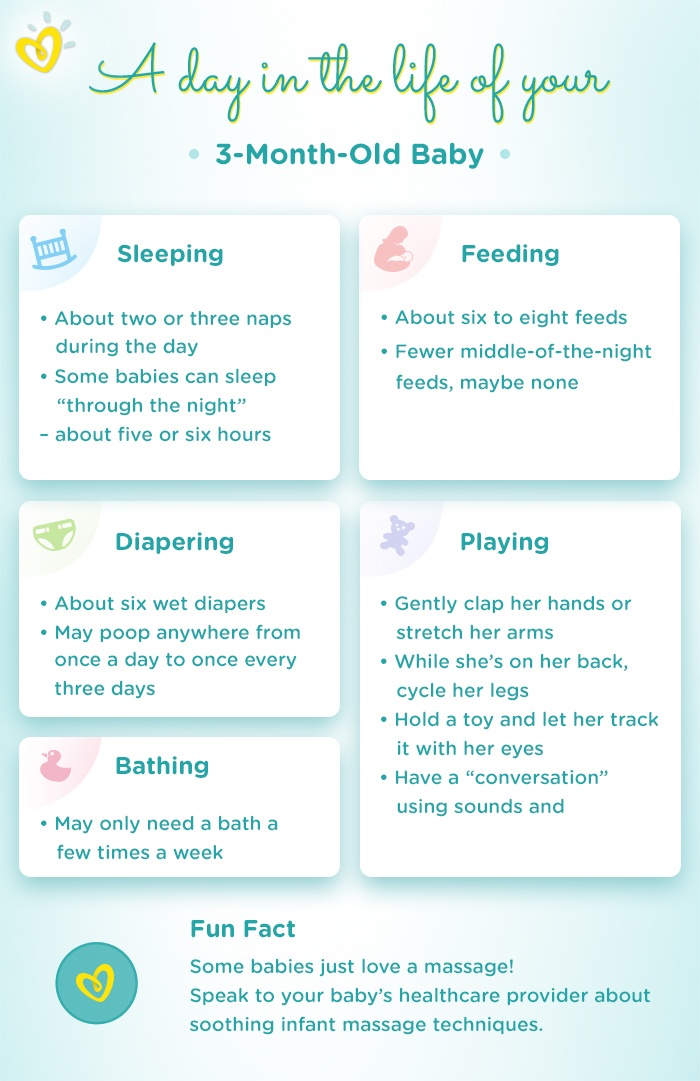 Pavlova, specialization - pediatrics
Pavlova, specialization - pediatrics
Author: Reetta Tikanmäki
Palm oil in baby food
Infant milk formulas are made from cow's milk. However, in terms of fat composition, it differs significantly from that of the mother.
Read
Author: Ivargizova Oksana
How to choose milk formula for a baby
Breast milk is the best food for a newborn baby. It contains all the necessary nutritional components that fully meet the needs of the child and are necessary for his healthy and harmonious development.
Read
Show all
App Store: Baby Tracker
Description
Introducing the updated Baby Tracker version 4, a complete planning tool for new parents.
The Baby Tracker app offers you an easy way to keep track of your baby's habits, health and milestones. With it, you can record feeding, diaper changing and sleep data, as well as add additional information and photos. Baby Tracker allows you to share important information about your baby with doctors, caregivers, friends and family. And most importantly, Baby Tracker processes the information for you, without interrupting the process of raising your baby.
* Feeding records: breast, formula and solids
* Diaper change records
* Sleep data
* Baby growth chart
* Milestones
* View data by week or month
* Export data as PDF
* Automatic backup to iCloud or Dropbox
* Synchronization across multiple devices
Version 4.27
* Minor fixes
* Usability improvements
Ratings and reviews
Ratings: 7.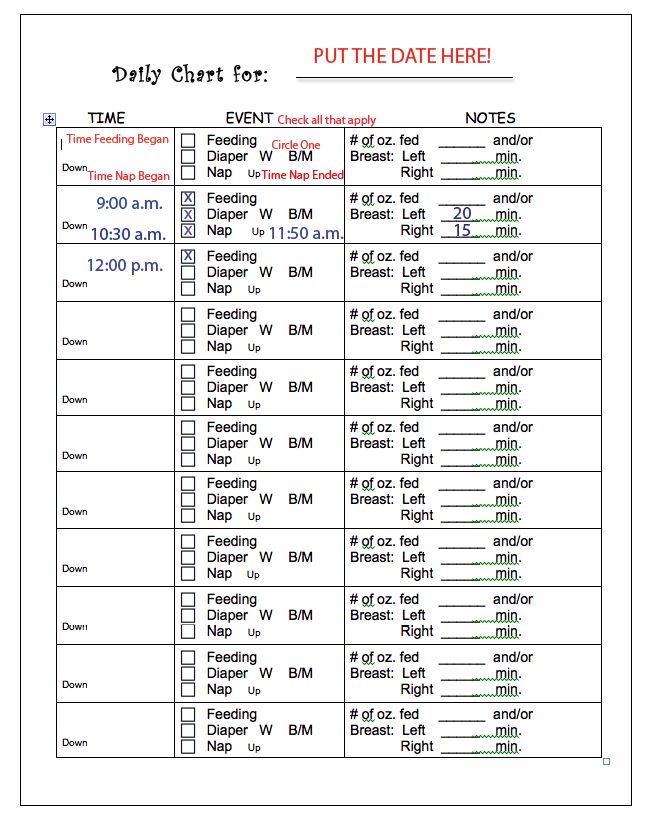 8k
8k
Sleep Analytics
Lack of analytics with the calculation of the time of wakefulness between sleeps. It would also be convenient if it reflected not only the time (amount) of sleep (for example, 35 minutes), but also its range (for example, 14:00-14:35)
Return the mode table to quick access 🙏🏻
The application is of course gorgeous! I've been using it for almost three years now. With my first child and now with my second. I can't imagine my motherhood without Baby Tracker 🙈 I didn't like the last update. Especially the "tables" as altered. It used to be very convenient - you clicked on the table and you immediately see the whole mode. And now you first need to scroll through all the categories separately and then you will only see the “mode” table in its entirety.
Not convenient. Please return the mode table to a more quickly accessible place 🙏🏻 I use the program only because of it! Thank you for your attention)
wb
Add a wake-up time calculation and there will be no price 🦋
Developer Nighp Software LLC has indicated that, in accordance with the application's privacy policy, data may be processed as described below. Detailed information is available in the developer's privacy policy.
Data used for tracking information
The following data may be used to track user information on apps and websites owned by other companies:
Unrelated with user data
The following data may be collected, which is not related to the user's identity:
- Identifiers
- Usage data
- Other data
Sensitive data may be used differently depending on your age, features involved, or other factors.